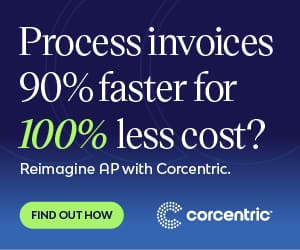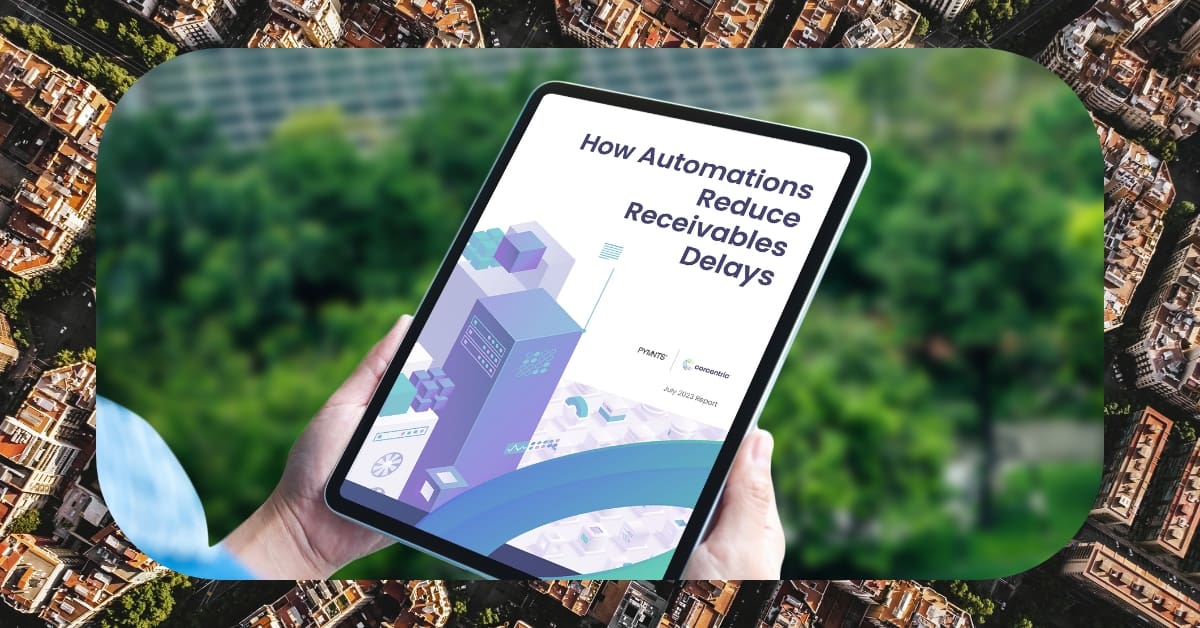Gaining Clarity On Cash APplication Solutions

Cash Application Solution Tool
Whether you?re looking to modernize and streamline an orders to cash process through an automated cash application solution, or you?re Finance executive evaluating the most viable software choices, understanding the fundamentals of an effective cash application software is critical to ensuring success. This guide will provide insight into the utility, applications, and mechanics of an efficient and automated cash application solution, as well as provide an overview of the required steps to setup and configure the software.
A cash application solution is tool designed to streamline the management, validation, and application of remittance payments, enabling near real-time collaboration between third-party payers (TPPs) and business. This eliminates the manual processing of invoices and associated payments for companies with high volumes of accounts receivable (AR) transactions. In addition to processing ?in-house? payments, cash application software can also handle offsite payments from third-party vendor senders.
In high-volume payment environments, cash application solution dramatically reduces the amount of time and resources needed for validating and posting AR transactions. Conversely, it isignificantly reduces clerical errors and associated costs of manually entering and updating payments and invoices. As well, integration with other Softwaresystems allows for smooth handling of credit and debit card payments.
The general workflow of cash application solution is composed of three main phases: cash intake, validating payments, and reconciling invoices. All of these actions are managed within the software, allowing various teams to have visibility and access to data in real-time.
Starting with the cash intake phase, the software will receive electronic transactions from various sources, such as vendor websit is and accounting systems. At this point, it processes the data and incorporates the remittance and payment information into the system.
The payment validation phase follows, which is where AR teams can apply existing rules to ascertain whether the payment should be applied as credit or treated as an adjustment. The cash application allows for flexibility in customizing rule sets to account for preferential payer terms, specific customer types, exclude coupons or waived fees, etc.
The final step is reconciling the matching invoices. This allows for confirmation that the invoices were settled before being posted in the financials. Moreover, the system provides fully auditable log of which invoices and payments were processed and on what date.
So what does it take to set up and configure cash application solution?
The implementation of cash application solution requires combination of administrative roles and technical setup. Projects starts by assessing business requirements and objectives. This involves relying on an active collaboration between representatives of multiple parties: Finance, Corporate Accounting, IT, Accounts Receivable, etc.
An important factor of the planning stage is to map out inbound payment sources: vendor websit is, mobile applications, automated clearinghouses, lockboxes, etc. If company already has some sources integrated, specifying these within the setup will allow their data to be imported in the system.
After the mapping has been finalized, the software must be fully configured and programmed to accommodate for unique payment rules, preferences, and customer requirements. This includes configuring invoice and payment data formats from different sources, setting up notification and escalations, etc.
In terms of it isetup, integration requirements must be established and implemented. This means, for instance, configuring the platform for direct integration with one?s ERP or accounting system. External sources such as vendors websit is, will require their own integration protocols.
The team can also select the desired user interface and features, such as defining user access rights and permissions, customizing the dashboard and workflow, and configuring reporting and security settings.
Overall, while the setup and configuration of cash application solution can sound daunting, it is important to remember that companies do not need to do it alone. Working with vendor support teams and subject matter experts can help to facilitate successful and streamlined implementation of the system.

